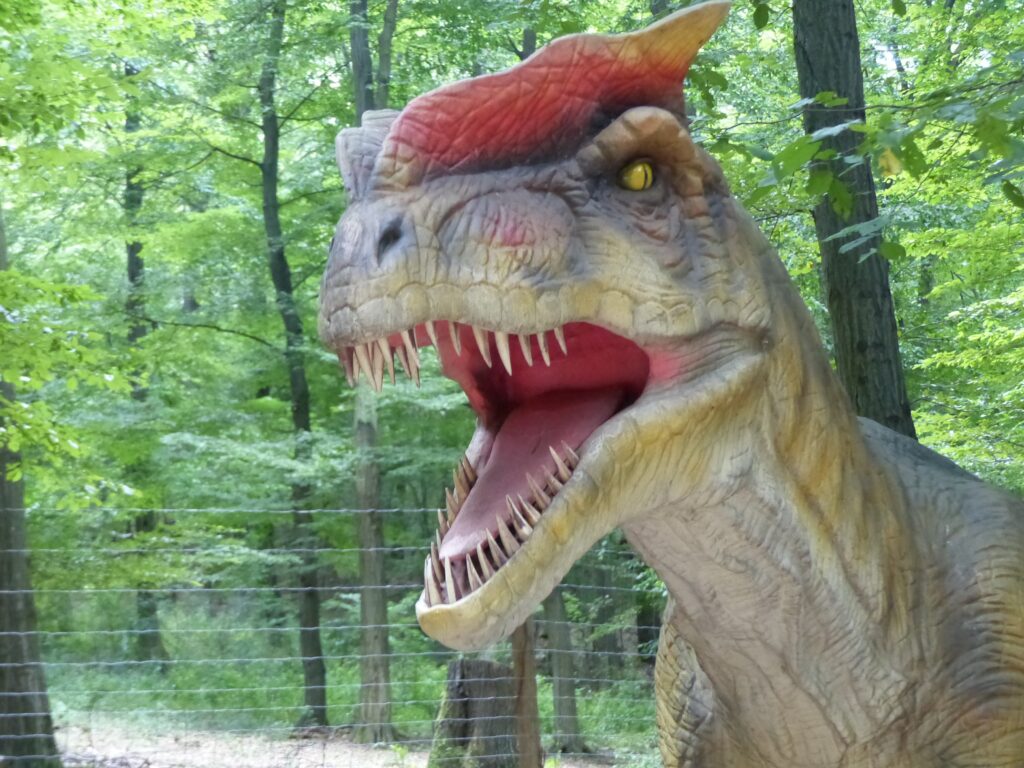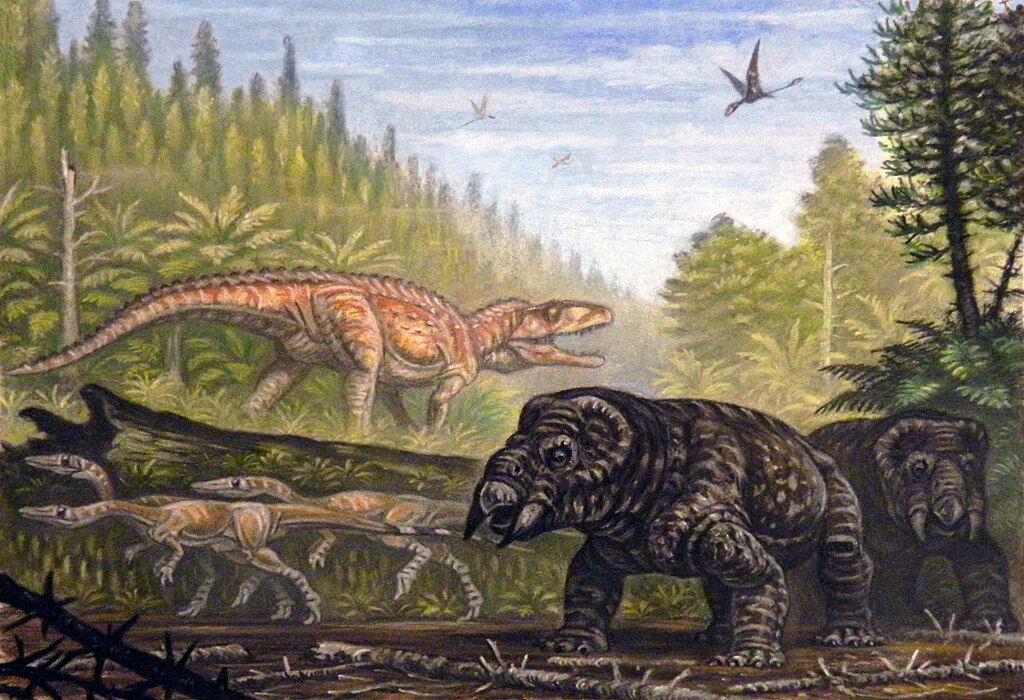Picture an ancient world where colossal beasts ruled both land and sea, their thunderous roars echoing across steamy continents. The Jurassic period, stretching from roughly 201 to 145 million years ago, was nature’s grand theater of predation. While Hollywood may have put T. rex in the spotlight, the true giants of terror lived millions of years earlier.
This was an era when the Earth pulsed with warm, humid climates and shallow seas teemed with nightmarish creatures. From razor-toothed terrestrial hunters to massive marine leviathans, the Jurassic hosted some of the most fearsome predators our planet has ever seen. These weren’t just big animals – they were evolutionary masterpieces, each perfectly adapted to dominate their respective domains. So let’s dive into the fossilized remains of terror and discover what made these ancient killers so devastatingly effective.
Allosaurus – The Ultimate Jurassic Apex Predator
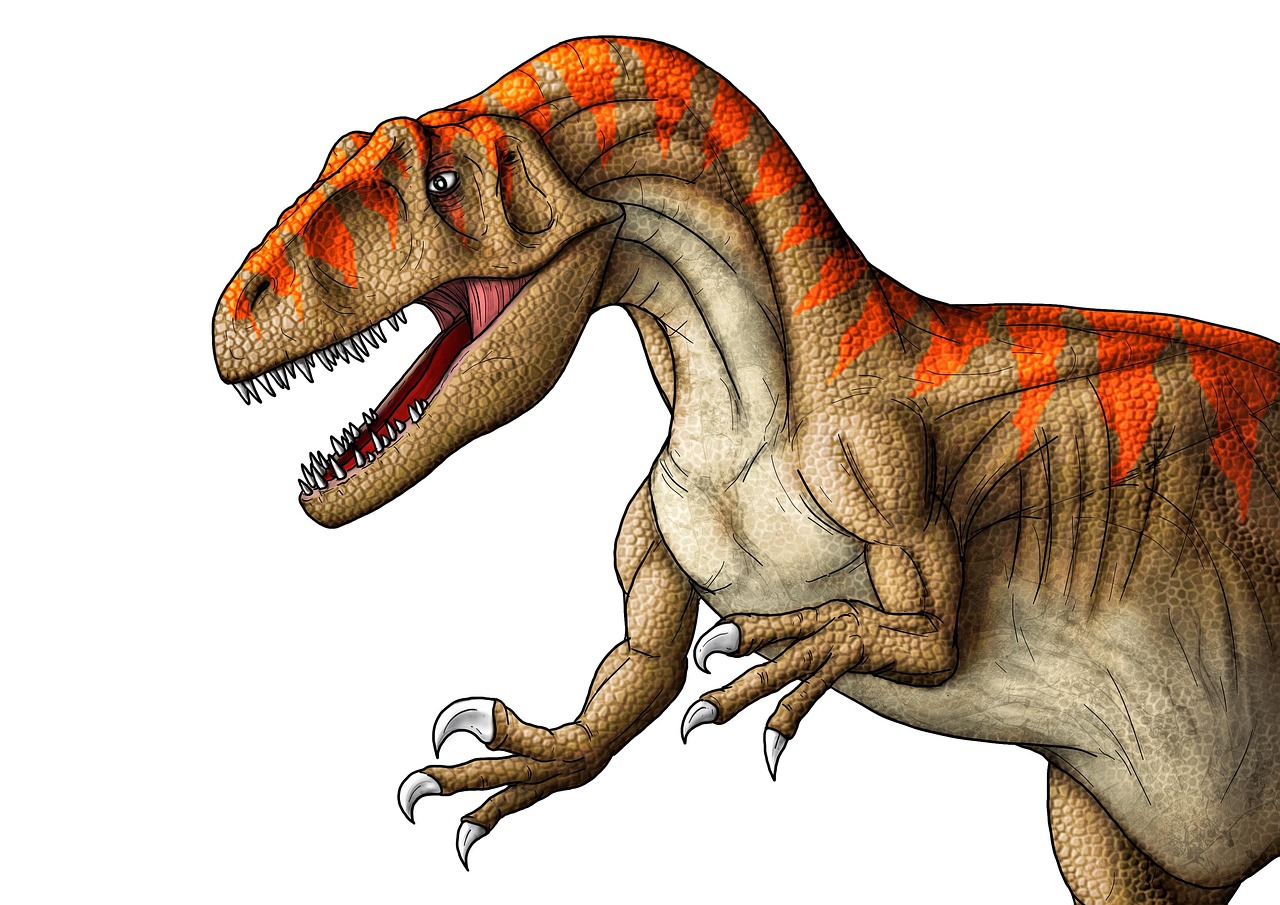
Allosaurus stands as the quintessential predator of the Jurassic period, with some specimens reaching up to 29 feet in length and weighing as much as 4,000 pounds. This massive carnivore stalked its prey on powerful two legs, armed with about 80 serrated teeth and long, curved claws designed for slashing and gripping. Recent discoveries have revealed that what we once thought was a single species was actually multiple distinct hunters.
The newly described Allosaurus jimmadseni, discovered in Utah, represents the oldest known species in the genus, roaming North America between 152 and 157 million years ago. Notable specimens like “Big Al,” a nearly complete skeleton discovered in Wyoming, have provided invaluable insights into the life and struggles of these predators, with evidence of numerous injuries suggesting violent encounters throughout their lives.
Ceratosaurus – The Horned Cannibal
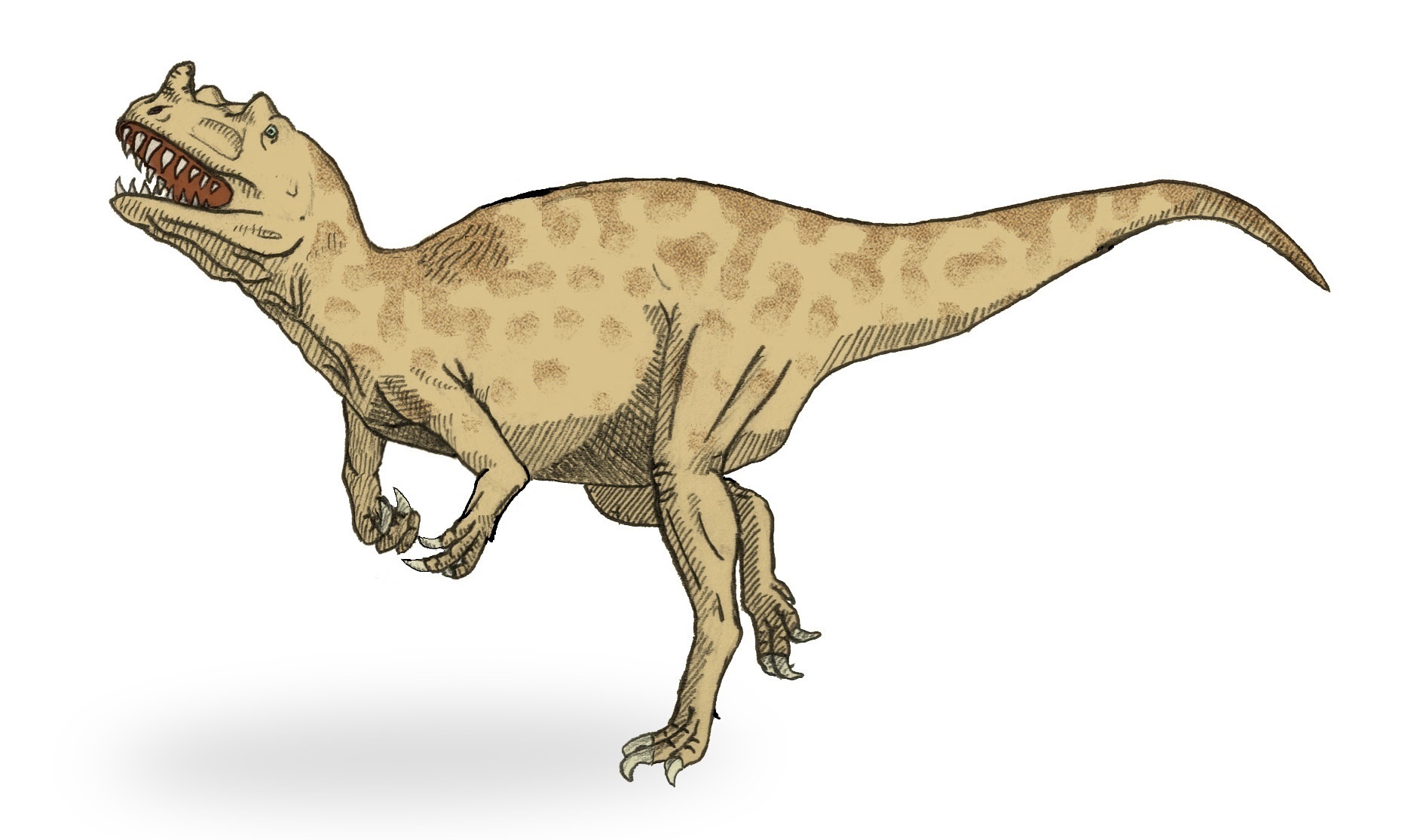
Ceratosaurus was a fearsome carnivorous dinosaur from the Late Jurassic period, distinguished by its characteristic horned snout and sharp teeth, measuring up to 20 feet in length. This predator lived alongside Allosaurus but carved out its own deadly niche in the prehistoric food web. Recent fossil evidence has revealed shocking behaviors that paint Ceratosaurus as one of nature’s most opportunistic killers.
Studies of over 2,000 dinosaur bones from the Mygatt-Moore Quarry in Colorado have revealed bite marks that suggest Ceratosaurus engaged in both scavenging and cannibalism. These large carnivores weren’t picky eaters – they would feast on whatever was available, even members of their own species. This opportunistic feeding strategy likely helped them survive in the competitive Jurassic ecosystem.
Dilophosaurus – The Early Terror
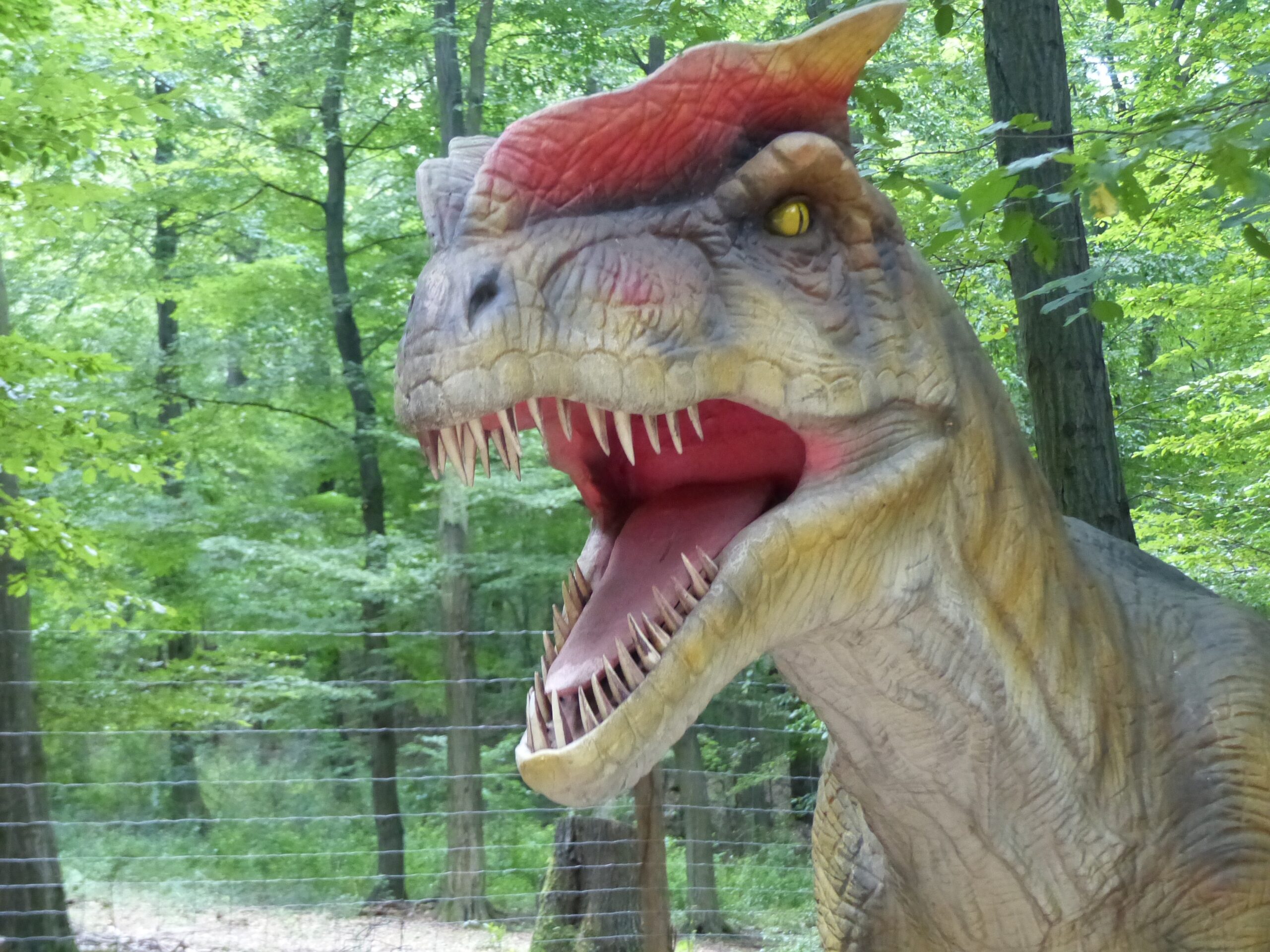
Among the predatory dinosaurs of the Jurassic, Dilophosaurus represented one of the early ceratosaur lineages that established the template for large theropod predation. Though Hollywood portrayed it with fictional traits, the real Dilophosaurus was a formidable early Jurassic predator that helped set the stage for later giants. This bipedal carnivore possessed a distinctive double crest along its skull, giving it an intimidating appearance that likely served both display and species recognition purposes.
Fossilized evidence shows these predators crossing the ancient Navajo Desert during the early Jurassic, demonstrating their adaptability to harsh, arid environments. At roughly 23 feet long, Dilophosaurus was among the larger predators of its time, using powerful jaws filled with sharp teeth to take down prey in the newly diversified post-Triassic world.
Temnodontosaurus – The Marine Apex Predator
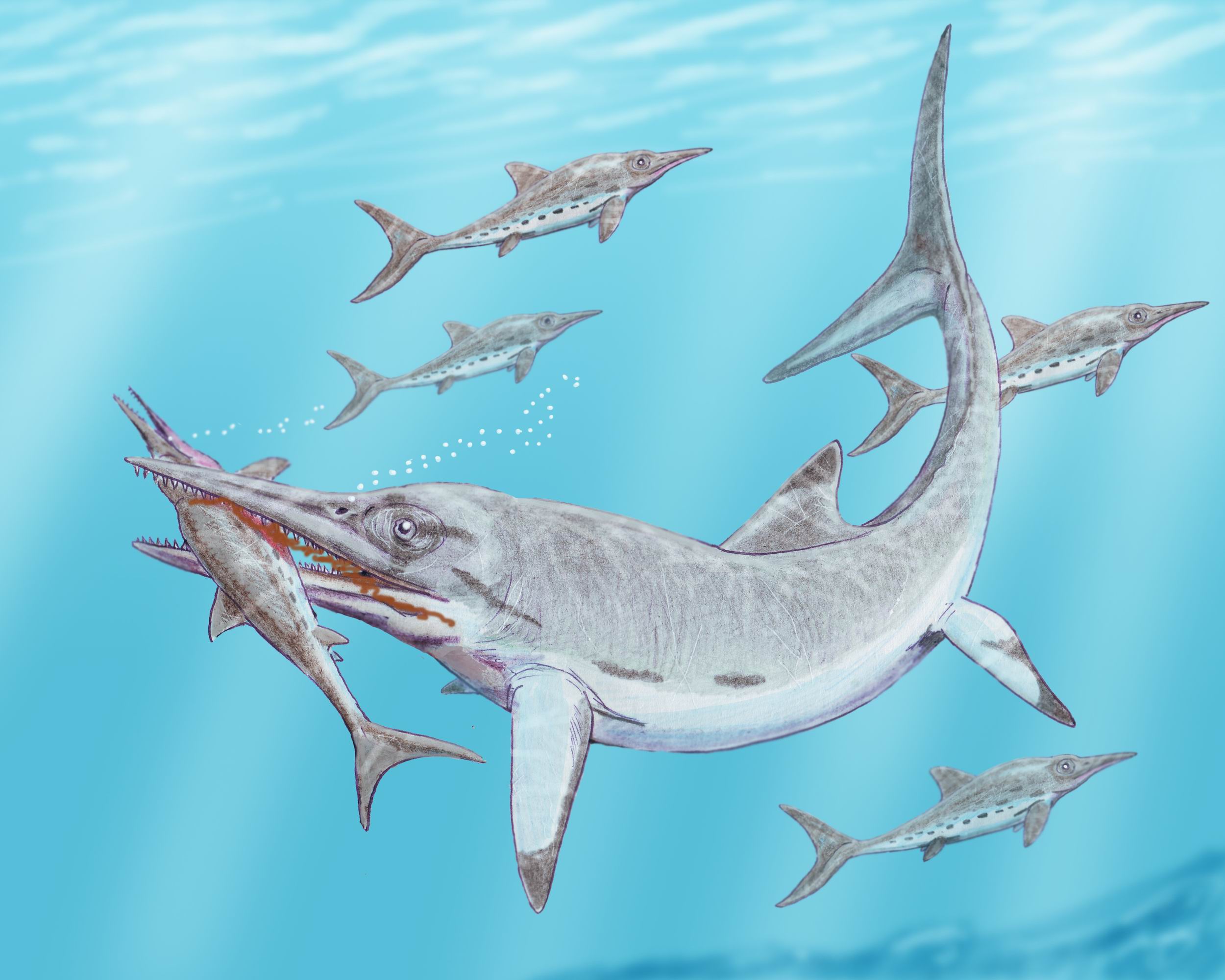
Temnodontosaurus was one of the largest predatory ichthyosaurs of the Early Jurassic, representing a pinnacle of marine reptile evolution during this period. These massive sea-dwelling predators could reach lengths of up to 40 feet, making them among the most formidable hunters in Jurassic oceans. Their torpedo-shaped bodies and powerful tails made them incredibly efficient swimmers.
Recent discoveries, including a specimen found at the Rutland Water Nature Reserve in the UK, have revealed individuals measuring at least ten meters in length with skulls weighing roughly one tonne. This particular fossil, dating to approximately 181.5 to 182 million years ago, likely belongs to the species Temnodontosaurus trigonodon.
Liopleurodon – The Short-Necked Sea Monster
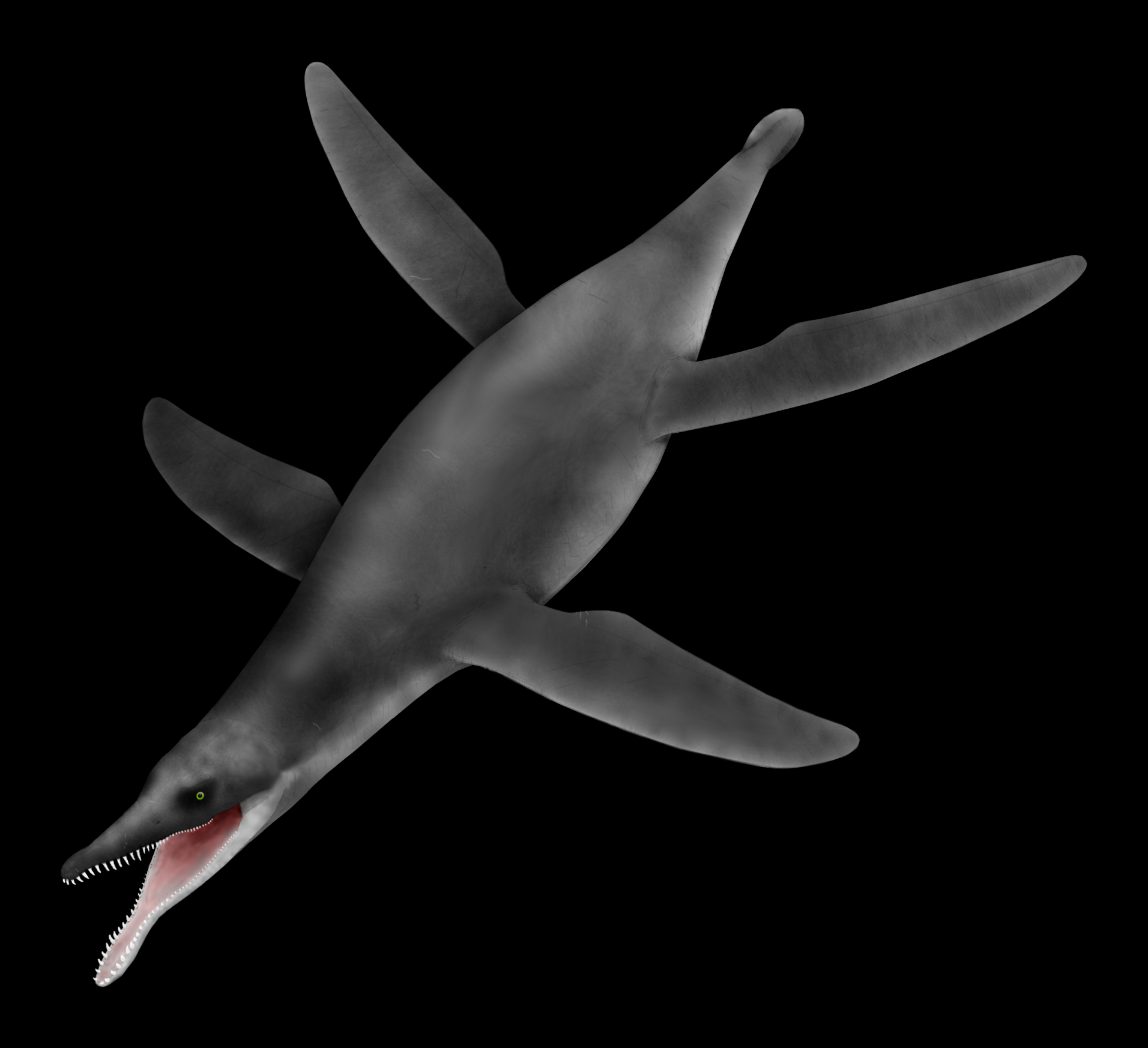
Liopleurodon was a pliosaur predator of the late Jurassic period that lived in the shallow seas of Europe, measuring up to 20 feet long with mini-van sized jaws and large flippers. Despite popular media exaggerations, the real Liopleurodon was still a terrifying marine predator that dominated European seas. This short-necked marine reptile represented the pinnacle of pliosaur evolution during the Jurassic.
Its favorite prey included ichthyosaurs, and it was perfectly adapted as a medium-sized pliosaur for hunting smaller marine animals like prehistoric turtles and ammonites, weighing about 2-3 tons. The massive jaws of Liopleurodon were filled with conical teeth designed to crush and tear through the tough hides and shells of its marine prey.
Ophthalmosaurus – The Deep Sea Hunter
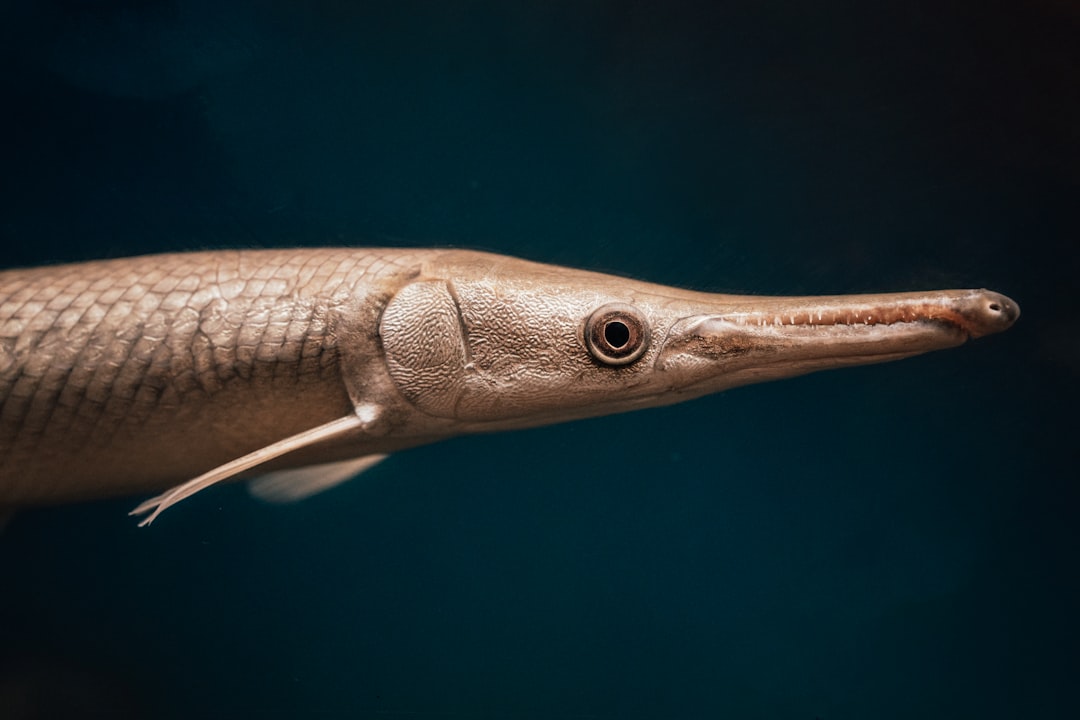
Ophthalmosaurus, measuring about 4 meters long, was characterized by enormous eyes that enabled it to hunt in dim and deep water environments where most other predators couldn’t venture. This specialized ichthyosaur represented a unique evolutionary adaptation to deep-sea hunting during the Late Jurassic period. Its massive eyes, some of the largest relative to body size of any vertebrate, gave it incredible vision in the murky depths.
Ophthalmosaurus belonged to the Ophthalmosauridae family, which encompassed almost all ichthyosaurs from the Middle Jurassic onward, though they were diverse by the Late Jurassic, they failed to fill many ecological niches occupied by earlier ichthyosaurs. These deep-diving specialists likely fed on squid and fish in waters too dark for other marine predators to effectively hunt.
Eurhinosaurus – The Swordfish Mimic
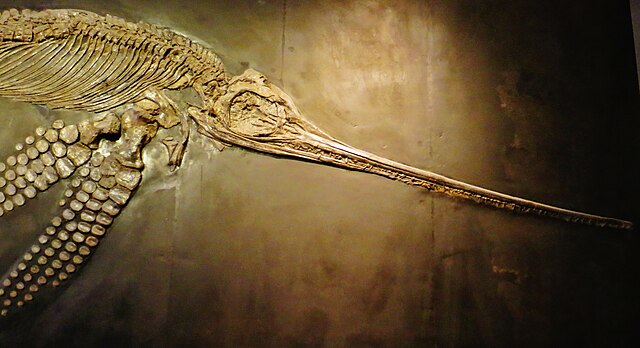
Eurhinosaurus was among the well-known Early Jurassic ichthyosaurs that possessed longer bodies and distinctive long snouts, representing the more basal clades that had not yet developed the streamlined dolphin-like bodies of later species. This remarkable marine predator evolved a sword-like extension of its upper jaw, creating a hunting weapon similar to modern swordfish. The elongated rostrum was likely used to slash through schools of fish and squid.
Recent discoveries in Germany have revealed new species like Eurhinosaurus mistelgauensis from fossils found in Mistelgau, showing these marine reptiles had dramatic overbites similar to swordfish along with unique skeletal features. This convergent evolution with modern billfish demonstrates how effective this hunting strategy has been across different geological periods.
Pliosaurus – The Ultimate Marine Predator
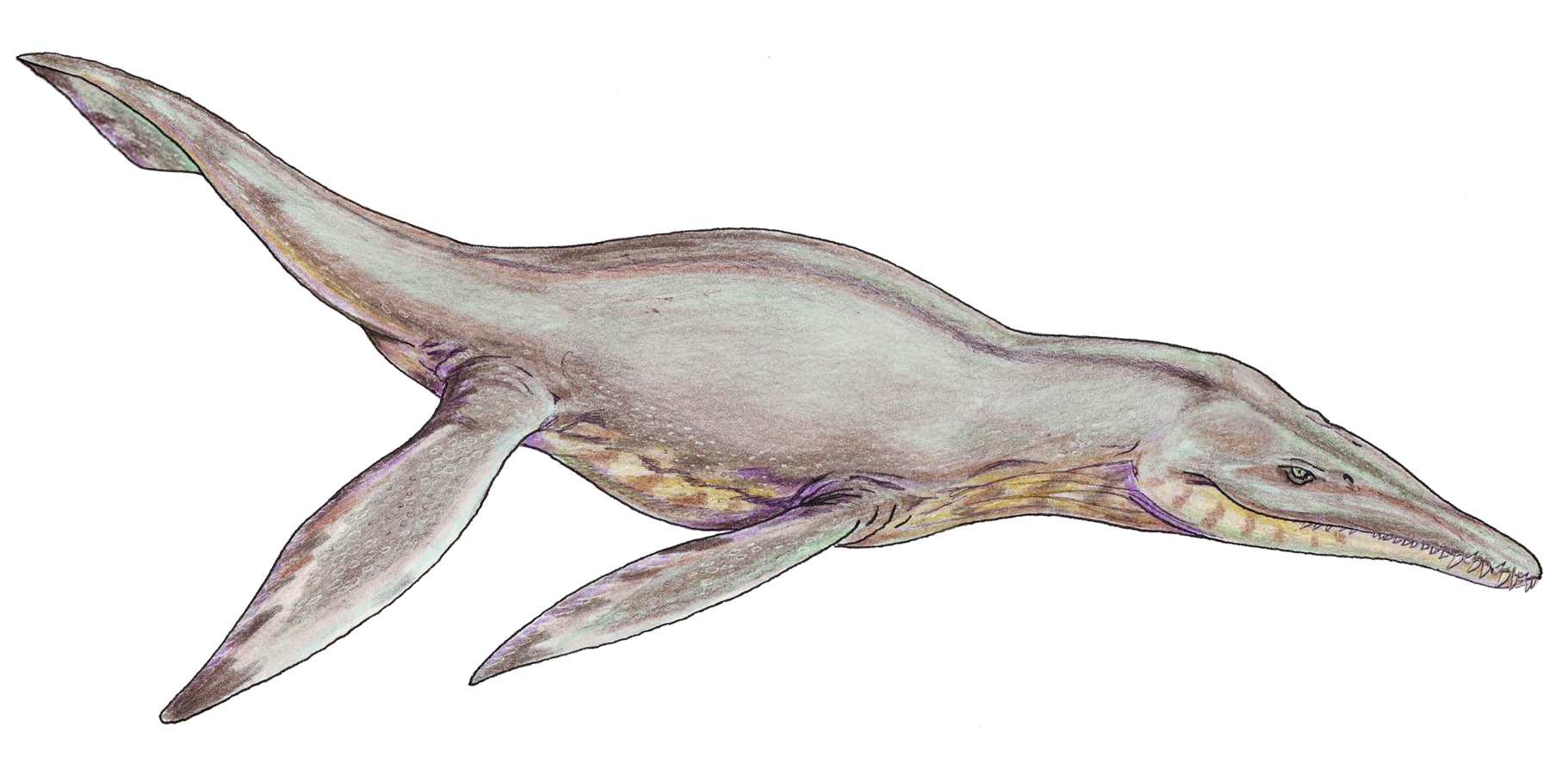
The Middle Jurassic saw the evolution of short-necked and large-headed thalassophonean pliosaurs, with some species of Pliosaurus having skulls up to two meters in length and body lengths estimated around 10-12 meters, making them the apex predators of Late Jurassic oceans. These massive marine reptiles represented the absolute pinnacle of pliosaur evolution, dwarfing even the fearsome Liopleurodon in size and power.
Some pliosaur remains, including a 2.875-meter-long set of jaws previously referred to as Pliosaurus rossicus, suggested lengths of 17 meters, though recent analysis indicates more conservative estimates of around 11.8 meters and weights over 20 tonnes. These were the tyrannosaurs of the sea, capable of crushing virtually any marine animal that crossed their path.
Hybodus – The Multi-Tool Shark
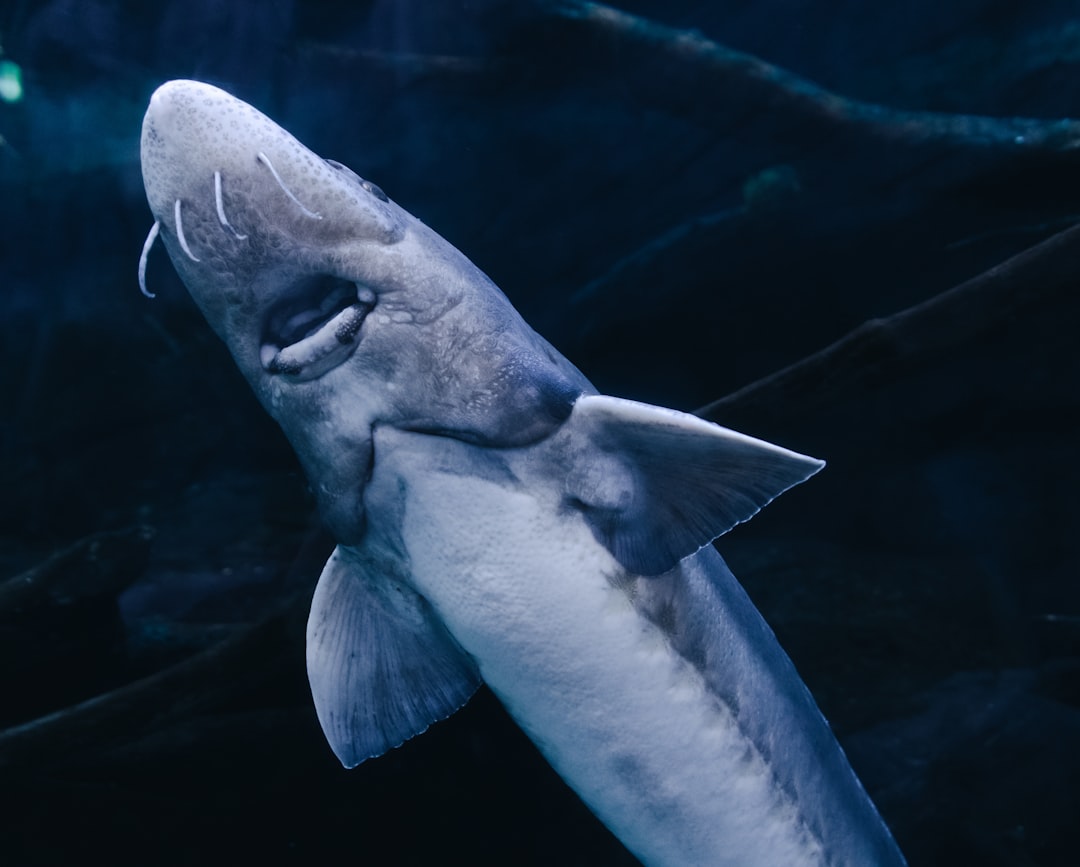
Hybodus was an extinct genus of shark that became highly successful in the shallow Jurassic seas, typically growing to roughly two meters long with streamlined, fusiform bodies that enabled quick movement through water. Unlike modern sharks with uniform teeth, Hybodus had evolved a sophisticated dental system that made it one of the most versatile predators of its time.
These opportunistic predators possessed teeth arranged into two distinct groups: sharp, pointed teeth at the front for grabbing prey like fish and squid, while the back teeth were rounded and suited for crushing the shells of crustaceans. This dental adaptation allowed Hybodus to exploit multiple food sources, from soft-bodied prey to heavily armored crustaceans, giving them a significant advantage in the competitive Jurassic marine environment.
Megalosaurus – The First Named Dinosaur Predator
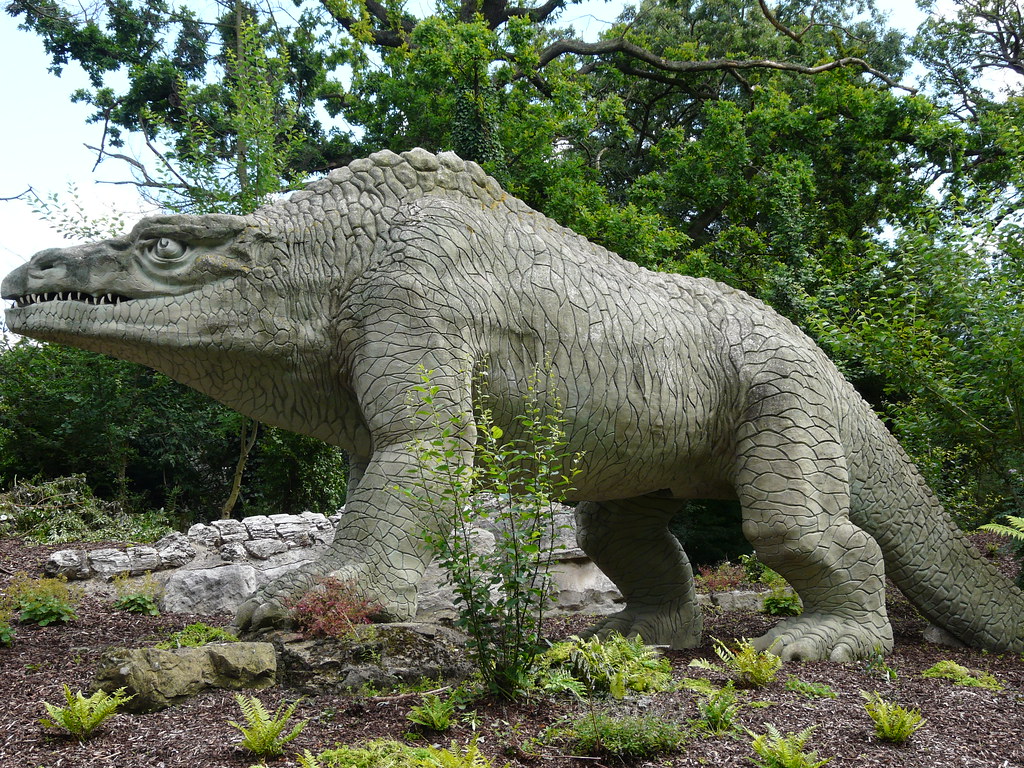
Megalosaurus holds a special place in paleontological history as one of the first dinosaurs ever discovered and named, with its lower jaw found by William Buckland in 1824 from Jurassic deposits at Stonesfield, and later becoming one of the three original dinosaurs used by Richard Owen to create the Dinosauria group in 1841. This makes it not just a fearsome predator, but a cornerstone species in our understanding of dinosaur evolution.
Megalosauridae were primarily Middle Jurassic to Early Cretaceous predators, representing one of the major lineages of large theropod dinosaurs that dominated their ecosystems. Though we know less about Megalosaurus than many other large theropods, its historical significance and role as an early large predator makes it a crucial piece in understanding Jurassic predator evolution.
Cryptoclidus – The Long-Necked Sea Serpent
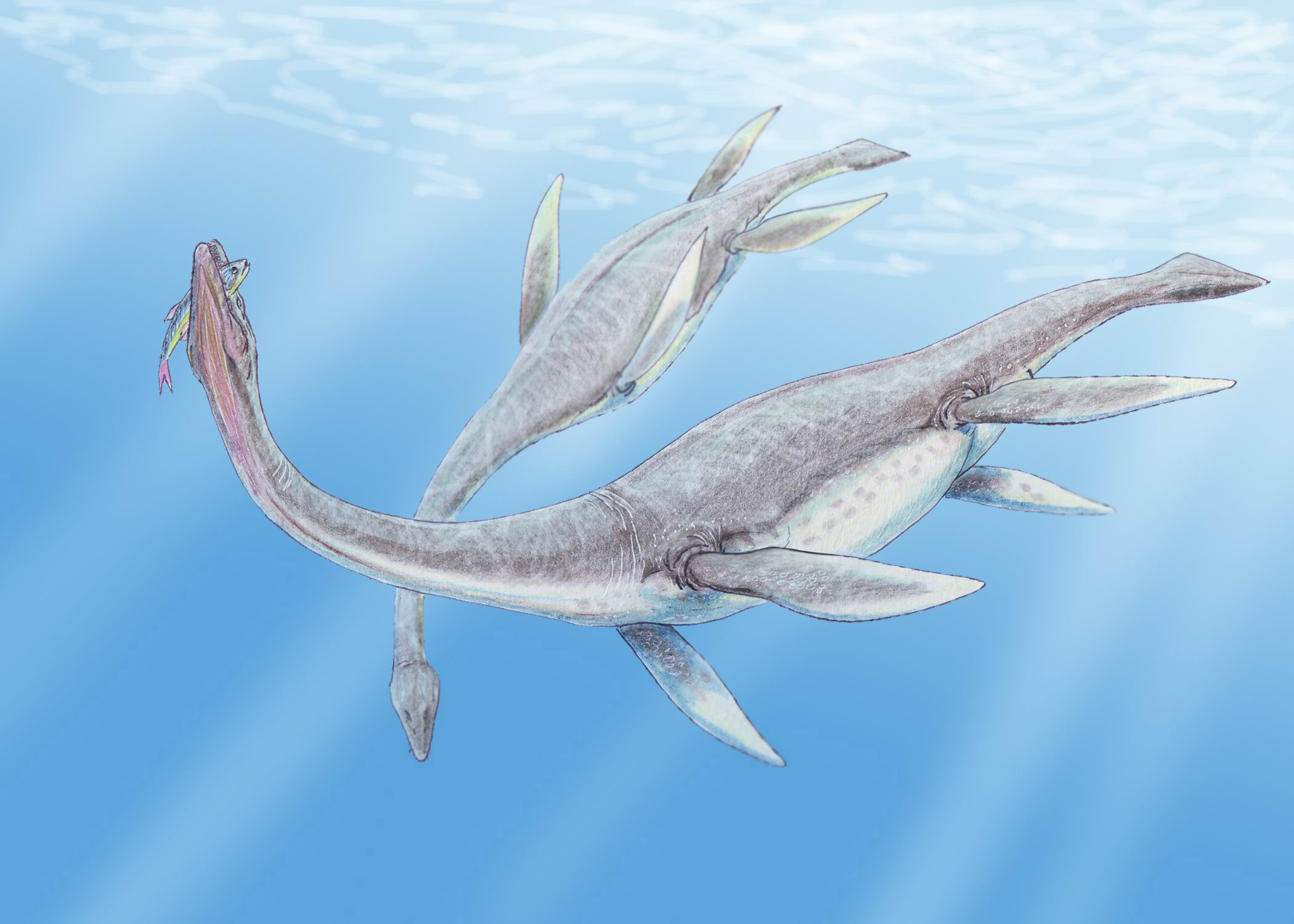
During the Middle Jurassic, approximately 160 million years ago, the Cryptoclididae were present as shorter species with long necks and small heads, representing one of the dominant plesiosaur families that appeared during the Bajocian period. These marine reptiles represented a different hunting strategy than their pliosaur cousins, using their extremely long necks to strike at prey with snake-like precision.
Like other plesiosaurs, these predators had small heads filled with sharp, pointed teeth to facilitate their carnivorous diet of fish and ancient squid-like molluscs. Their long necks, containing dozens of vertebrae, could be whipped forward with surprising speed to snatch unsuspecting prey, making them the marine equivalent of a striking serpent.
Marine Crocodilians – The Transitional Terrors
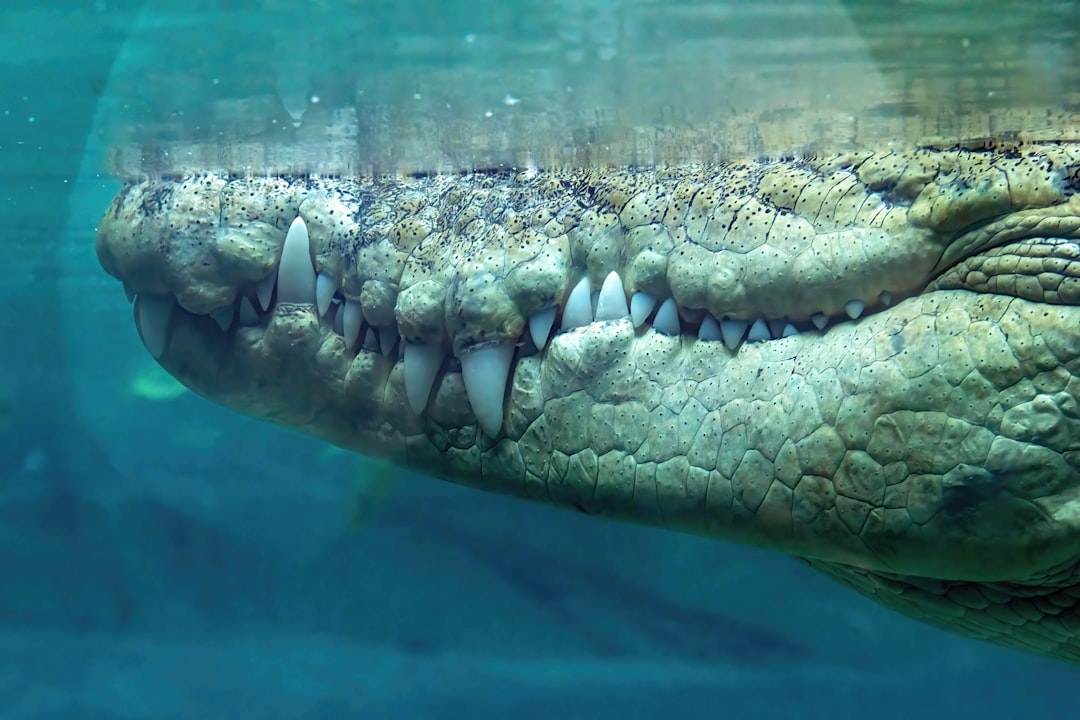
During the Jurassic, crocodylomorphs made the crucial transition from terrestrial to aquatic life, with the Thalattosuchia becoming a prominent part of marine ecosystems as a clade of predominantly marine crocodylomorphs that first appeared during the Early Jurassic. These weren’t the ambush predators we know today – they were active marine hunters that competed directly with ichthyosaurs and plesiosaurs.
While living crocodilians are mostly confined to an aquatic ambush predator lifestyle, Jurassic crocodylomorphs exhibited a wide variety of life habits, with their morphological diversity during the Early Jurassic suggesting they occupied different ecological niches from their Triassic counterparts. Some developed paddle-like limbs and shark-like tails, becoming formidable open-ocean predators that could chase down fast-moving prey.
Conclusion
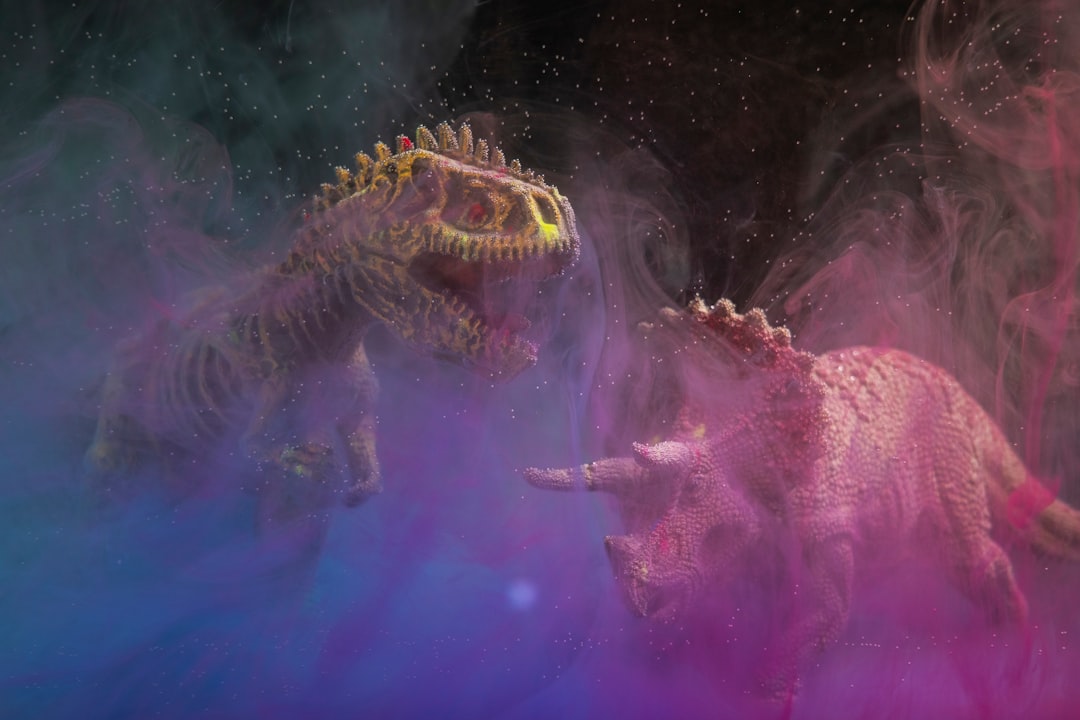
The Jurassic period stands as one of Earth’s most remarkable chapters of predatory excellence. From the bone-crushing jaws of Allosaurus stalking ancient floodplains to the massive Pliosaurus patrolling deep ocean waters, this era showcased predatory innovation at its finest. These weren’t just big animals – they were evolutionary masterpieces, each perfectly adapted to dominate their respective domains through millions of years of natural selection.
The real significance of these discoveries lies in how they illuminate the grand history of life on Earth, showing how life adapted or perished in the face of major environmental challenges over more than three billion years. The fossil record of Jurassic predators reveals a world far more diverse and terrifying than any movie could imagine, where innovation in killing techniques reached heights that still inspire awe today.
What strikes you most about these ancient hunters – their sheer size, their specialized hunting adaptations, or the fact that they once ruled our planet? Share your thoughts in the comments below.

